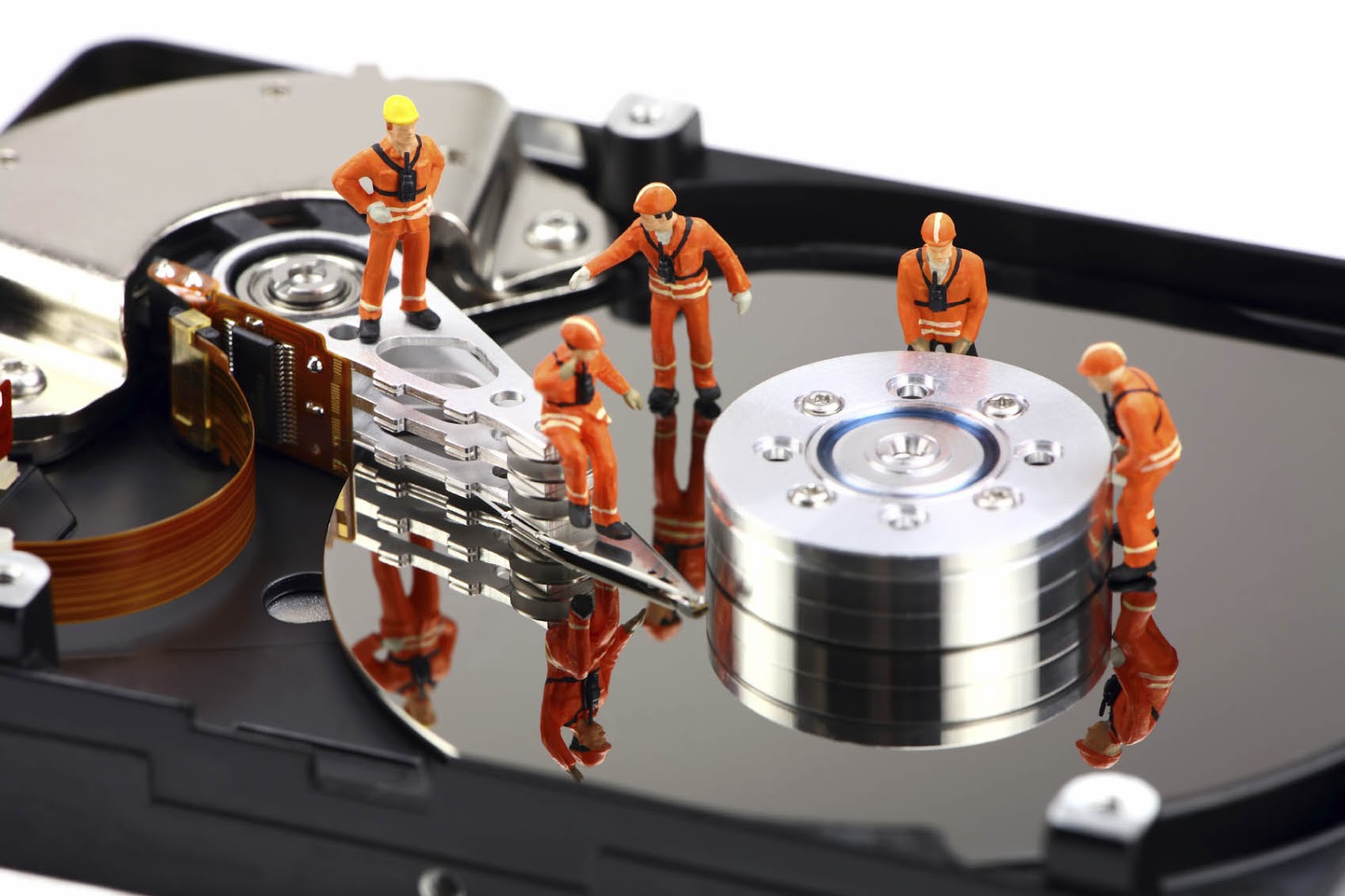Data loss is something we all fear. Whether due to accidental deletion or some other mishap, we can’t stand the thought of losing any data. This article is going to focus on helping you get your data back from an external hard drive that has crashed, most likely due to a failing drive.
If you’ve recently purchased a new hard drive to house all of your precious files — and it’s already crashed — you’re probably feeling pretty bummed. However, there is hope. You see, a failed drive is just another data recovery opportunity. There are plenty of hard drive recovery techniques you can use to get your data back. In this article, we’ll discuss some of the most effective ways we got our hard drive back.
What Causes Hard Drive Failures?
Hard drive failures can be attributed to many different things. For example, a hard drive might fail because it’s old and the wear and tear have simply gotten to it. Hard drives also fail if you keep writing on the same spot so that the metal platters warp over time.
For more insight into what causes hard drives to fail, check out this article on how hard drives work.
How to do a Physical Hard Drive Recovery
There are many ways to recover data from a failed hard drive, but one of the best options is to send the hard drive off for professional recovery. This method takes more time and money, but it will likely be the most effective. Hard drives store data on magnetic platters that have sectors; when these sectors are damaged they make it impossible to read any information stored on them. Professionals can open up the disk and replace these sectors before reassembling the disk and restoring your files.
How to do a Data Recovery using a De-Writing Tool

One of the easiest ways to do a data recovery is by using a de-writing tool. This type of software is a must for any computer technician’s toolkit. It’s able to erase all data from your hard drive, leaving it blank and ready for you to use again. The best part? The software we recommend (Darik’s Boot And Nuke) does this without damaging the surface of the hard drive.
If you want to securely wipe your hard drive for personal reasons, or if you work with computers and need to sanitize a laptop before handing it over to someone else, Darik’s Boot And Nuke is the way to go.
Using Partition recovery software
The first thing we did was use partition recovery software to scan our hard drive for lost partitions. We were able to find and recover a partition that had all of our data on it.
But, this wasn’t enough! We needed something more specific, so we decided to look into file recovery software.
Recovering Files from the Hard Drive (or SSD)
The most important thing you can do when recovering files from a hard drive are to stop using it. If a hard drive has crashed and you continue to use it, the data recovery process may take longer or even prove impossible depending on what’s wrong with the hard drive.
There are a few ways you can approach this:
-You can buy an external enclosure for your crashed hard drive. This will allow you to connect the hard drive to another computer and access the data without risking any additional damage.
-You can also try attaching the hard drive to your motherboard as a secondary storage device, which means that all of your data will be accessible to you on the desktop but nothing will be saved in its current location.
-Another option is removing your crashed hard drives and putting them into an external enclosure where they can be attached as external devices. This often works best if there are two drives in one enclosure, with one being your new working drive.

